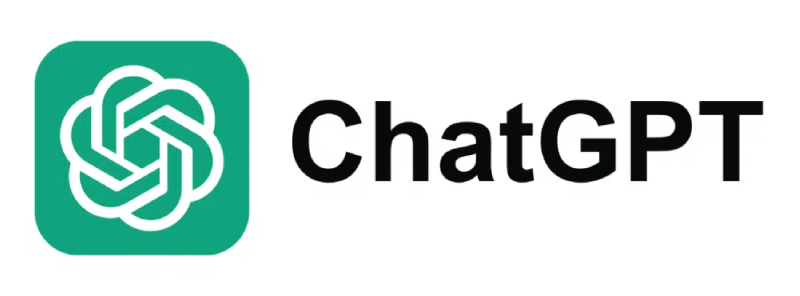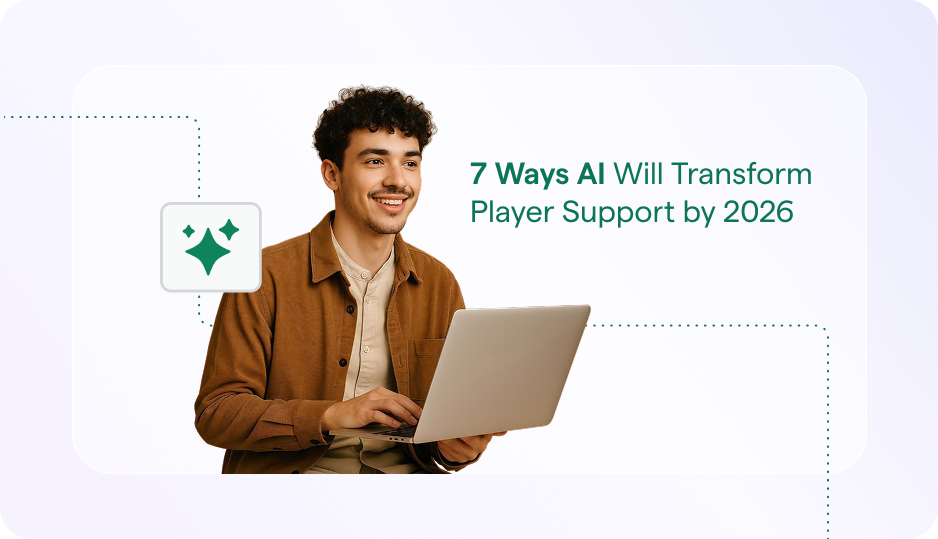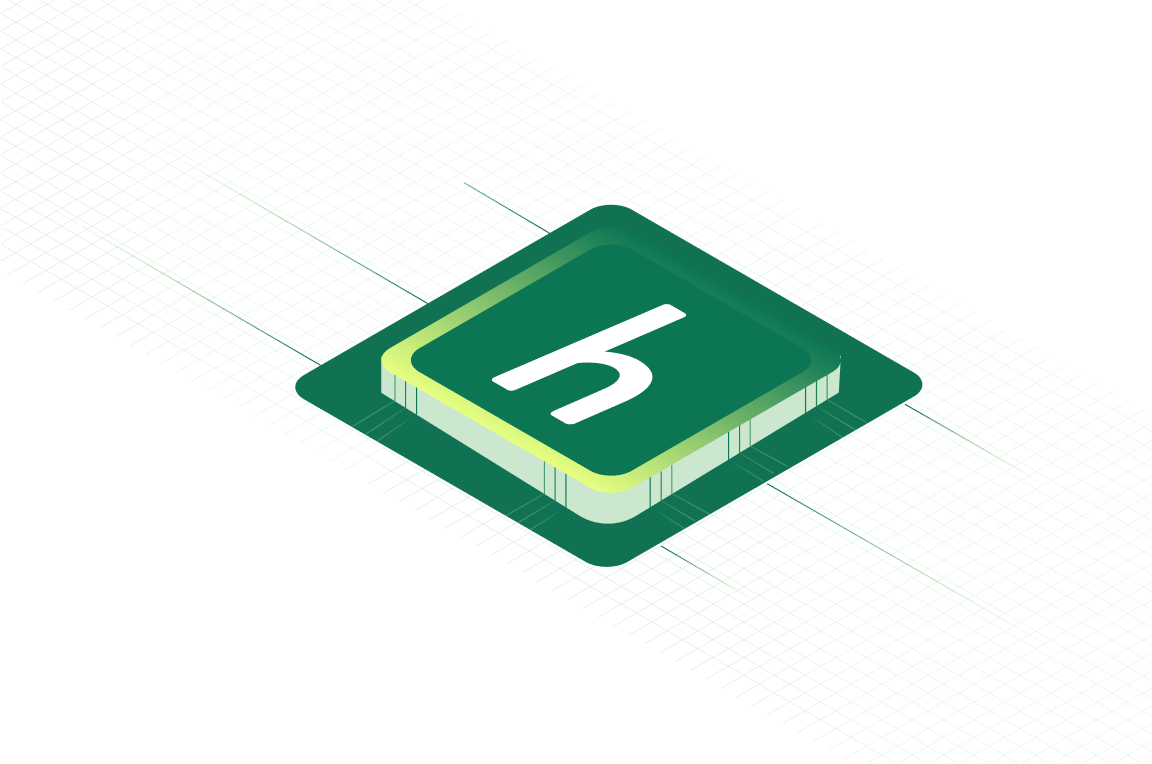Imagine you’ve just launched a limited‑time raid event with rare loot drops, and your servers are humming—only to be blindsided by a flood of “Can’t join party” and “Loot vanished” tickets. Your LiveOps team nailed the content rollout, but every minute players spend trapped in support limbo is a minute they aren’t raiding, spending, or evangelizing your game.
Now, think of support as your secret LiveOps weapon: not an afterthought but an integrated pillar that smooths over technical hiccups, answers burning questions, and keeps players immersed in real time.
In this article, we’ll show how embedding proactive, in‑game support into your LiveOps roadmap doesn’t just patch problems—it drives engagement, boosts revenue, and turns every event into a seamless player journey.
What Is LiveOps and Why It’s Critical for Game Success?
LiveOps transforms a game from a one‑and‑done release into a living ecosystem that continually engages players.
Rather than treating launch day as the finish line, LiveOps teams orchestrate a steady cadence of events, content drops, and seasonal updates that keep interest—and in‑game spending—high long after day one.
This shift from a single spike in activity to ongoing engagement is what separates titles with fleeting hype from those that build evergreen communities.
A robust LiveOps strategy hinges on three core components:
- Timed Events and Limited‑Time Offers. Flash raids, holiday specials, and time‑bound challenges create urgency and give players fresh reasons to log in.
- Content and Feature Updates. Regular patches, new levels, and mechanic overhauls demonstrate that the game world is evolving—encouraging even veteran players to explore what’s new.
- Monetization and Economy Tweaks. Dynamic pricing for DLC, rotating store items, and bundle offers ensure that revenue streams adapt to player behavior without damaging game balance.
Real‑time feedback is the linchpin of effective LiveOps. By monitoring player sentiment, ticket trends, and in‑game telemetry, teams can detect emerging issues—like a server outage or a bug in a new event—as they happen.
This immediacy lets support and development collaborate on hot fixes, targeted communications, and personalized offers that keep the player journey smooth and the community thriving.
The Overlooked Link: Player Support in LiveOps
Support isn’t just a safety net—it’s the engine that keeps your LiveOps events firing on all cylinders.
Without real-time help baked into your roadmap, every glitch becomes a revenue leak and a churn risk.
Why Most LiveOps Teams Underestimate Support’s Role
LiveOps often focuses on content cadence, in‑game mechanics, and monetization funnels—treating support as a reactive afterthought. Yet 89% of console gamers say they would use support more if it were easier to access, and 62 % label current platforms “outdated”.
By sidelining support, teams miss vital feedback loops and risk letting minor bugs snowball into major frustrations.
How Poor Support Undermines Event Success, Monetization & Retention
When players hit a snag during a time‑limited raid or flash sale, every minute lost in ticket queues translates to missed revenue and engagement dips and reduced retention.
- Broken trust. 39% of gamers report losing faith in a title after a support failure that blocks rewards or purchases.
- Churn spikes. Frustration with slow or generic responses drives players away mid‑event, undercutting LiveOps KPIs.
- Negative word‑of‑mouth. VIPs and community influencers amplify their bad experiences, deterring others from spending or participating.
The Need for Speed: Real‑Time Help During Time‑Limited Events
Flash events live or die on prompt issue resolution. Slow support not only frustrates but actively penalizes players who pay premium prices for limited‑time content.
AI‑powered chatbots and in‑app messaging cut mean time to resolution by over 60%, ensuring that mission‑critical glitches get fixed instantly—and players stay in the action.
By embedding support directly into LiveOps workflows, studios can safeguard event revenue and keep communities buzzing.
How Support Powers LiveOps Success
Support isn’t just reactive—it’s the real‑time engine that keeps LiveOps events running smoothly and players immersed from start to finish. Here’s how integrated, AI‑driven help turns every event into an opportunity for engagement and growth.
Real‑Time, In‑App Support to Keep Players Engaged Mid‑Event
Embedding support directly into the game client ensures players never leave the action when issues strike. In‑app chat icons and pop‑up guides deliver instant help, reducing session drop‑offs and boosting event participation.
- Studios leveraging in‑app FAQs and guided bots see up to a 30 % reduction in manual tickets during live events and a 40 % faster mean time to resolution.
- Context‑aware suggestions pull in event details—like quest status or bonus timers—so players get relevant guidance without restarting or exiting the game.
AI Bots That Handle Surges During Global Rollouts or Crashes
When a major patch drops or servers hiccup, support demand can spike tenfold. AI chatbots scale instantly to deflect and resolve common errors—like login failures or event‑specific bugs—without human intervention.
- Helpshift bots now resolve 58 % of all gaming support interactions end‑to‑end, flattening surge peaks and protecting agent productivity.
- During global rollouts, partial automation triages 27 % of incoming requests—collecting diagnostics and player context—so only complex issues escalate to agents.
Support as a Feedback Loop: Capturing Player Sentiment to Improve Ops
Modern support tools do more than fix problems—they gather real‑time sentiment and bug data that feed directly into LiveOps decision‑making. AI‑driven sentiment analysis flags rising frustration, while aggregated ticket trends reveal hidden event pain points.
- Over 75 % of top studios now use AI co‑pilot dashboards that surface sentiment scores and common error clusters for immediate action.
- These insights help LiveOps teams tweak event parameters—like reward pacing or difficulty spikes—in near real time to maximize engagement and revenue.
Multilingual Support for Global Event Participation
Global events demand seamless help in every player’s language. Real‑time machine translation embedded in bots and agent consoles guarantees consistent multilingual support across markets, so language barriers never stall a flash sale or raid launch.
- Helpshift’s Language AI covers 150+ languages, enabling 24/7 global support without regional hires and ensuring all players can jump into events confidently.
- Built-in glossaries and style guides preserve brand voice in every locale, avoiding mistranslations that could confuse event mechanics or reward instructions.
Case Studies: Helpshift in LiveOps Environments
When a global event goes live, support demand can spike in minutes—but downtime and delays cost both engagement and revenue. Here’s how Jam City and Scopely used in‑game support to power flawless LiveOps launches.
Jam City: Real‑Time Support During Global Event Launches
When Jam City rolled out its “WizardFest” raid across five regions, daily support tickets surged from 5,000 to over 15,000 at peak.
To keep players immersed, they embedded Helpshift’s in‑app SDK, knowledge base, and AI bots directly into Cookie Jam and Harry Potter: Hogwarts Mystery:
- 90 % ticket deflection. An in‑game searchable help center and guided bots prevented 90 % of incoming requests from ever creating a ticket.
- 30 % volume reduction. Overall ticket traffic fell by 30 % as players self‑served via FAQs and instant suggestions.
- 100 % CSAT lift. By resolving issues without leaving the game, CSAT scores doubled—turning support into a driver of loyalty rather than a bottleneck.
- 90,000 tickets handled monthly. Even at peak loads, Jam City managed 90 k tickets per month without adding staff—demonstrating the scale of AI‑powered LiveOps support.
This proactive, in‑app approach ensured that WizardFest participation remained high and revenue targets were met—or exceeded—across every timezone.
Scopely: Using AI to Manage Player Load During Limited‑Time Events
During Monopoly GO!’s PvP anniversary event, Scopely saw concurrent players double—driving a 1.5× spike in support inquiries.
Rather than scale headcount, they layered Helpshift’s Smart Intents and AI bots into their LiveOps pipeline to increase retention:
- 58 % end‑to‑end bot resolutions. Bots handled over half of support interactions—fixing glitches like token redemption failures and leaderboard sync errors—without human touch.
- 27 % pre‑triage automation. AI intake captured account details, sentiment scores, and event context for more than a quarter of tickets—so agents only saw fully‑qualified, high‑value cases.
- 83 % faster first responses. VIP and event‑critical tickets dropped from 20.7 hours to under 3.5 hours for first contact—keeping whales in the game and preventing churn.
- Global multilingual coverage. Real‑time translation in 150+ languages ensured every player—from Tokyo to São Paulo—received on‑brand support during the anniversary event.
By embedding AI‑driven support within LiveOps, Scopely maintained event momentum, protected in‑game spending, and delivered a smooth experience—even under unprecedented load.
Integrating Support into Your LiveOps Stack
Support shouldn’t live in isolation—it’s the glue that connects player feedback, game telemetry, and LiveOps execution. By weaving Helpshift into your core systems, you create a unified pipeline that spots issues, delivers fixes, and loops insights back to your teams—instantly.
Connect Support Tools with CRM and Game Telemetry
Pull player profiles, purchase history, and real‑time game events directly into your support console. Helpshift’s open APIs and SDKs let you:
- Sync CRM data. Surface VIP tiers, spend metrics, and loyalty status in every chat—so agents and bots tailor responses to each player’s value level.
- Embed telemetry feeds. Automatically attach session logs, error codes, and event context (like raid participation or leaderboard rank) to support tickets, accelerating diagnosis.
Automate FAQs, Compensation Workflows & Bug Reporting
Turn recurring tasks into hands‑off workflows that keep players happy and developers looped in. With Helpshift automation rules, you can automate gaming customer support:
- Dynamic FAQs. Update in‑app knowledge base articles based on trending search terms and ticket topics, ensuring self‑service stays fresh during events.
- Auto‑compensation. Trigger in‑game rewards or loyalty points when specific errors occur—so players get instant make‑goods without manual agent intervention.
- Structured bug tickets. Route technical issues into your bug‑tracking system with pre‑filled fields and diagnostic attachments, closing the feedback loop with engineering.
Align Support, Product, and Ops Teams for Faster Response Loops
Break down silos by sharing real‑time support analytics across LiveOps, product, and engineering:
- Shared dashboards. Combine deflection rates, sentiment scores, and ticket volumes with event performance metrics to spot friction points as they emerge.
- Cross‑functional alerts. Configure triggers that notify product managers when a ticket surge exceeds thresholds—prompting immediate hotfixes or communications.
- Iterative playbooks. Use post‑event debriefs—powered by AI‑generated summaries—to refine LiveOps strategies, from event pacing to in‑game messaging.
Integrating Helpshift at every layer of your LiveOps stack transforms support from a slow, siloed chore into a proactive, data‑driven engine that powers flawless player experiences.
Support: The LiveOps Game Changer
In LiveOps, support isn’t just a safety net—it’s the accelerator that powers every event, release, and player interaction. When you elevate help from a side function to a core pillar, you transform friction into flow and glitches into opportunities.
Treat support as the heartbeat of your LiveOps ecosystem by weaving in real‑time, in‑app assistance, AI‑driven automation, and seamless feedback loops.
This approach keeps players immersed during high‑stakes events, arms your teams with instant insights, and ensures every bug, question, or payment hiccup becomes a chance to delight rather than disappoint.
Ready to supercharge your LiveOps strategy?
Request a personalized Helpshift demo to see how our AI chatbots, in‑app SDK, and integrated workflows can keep your community engaged, satisfied, and coming back for more—no added headcount required.








